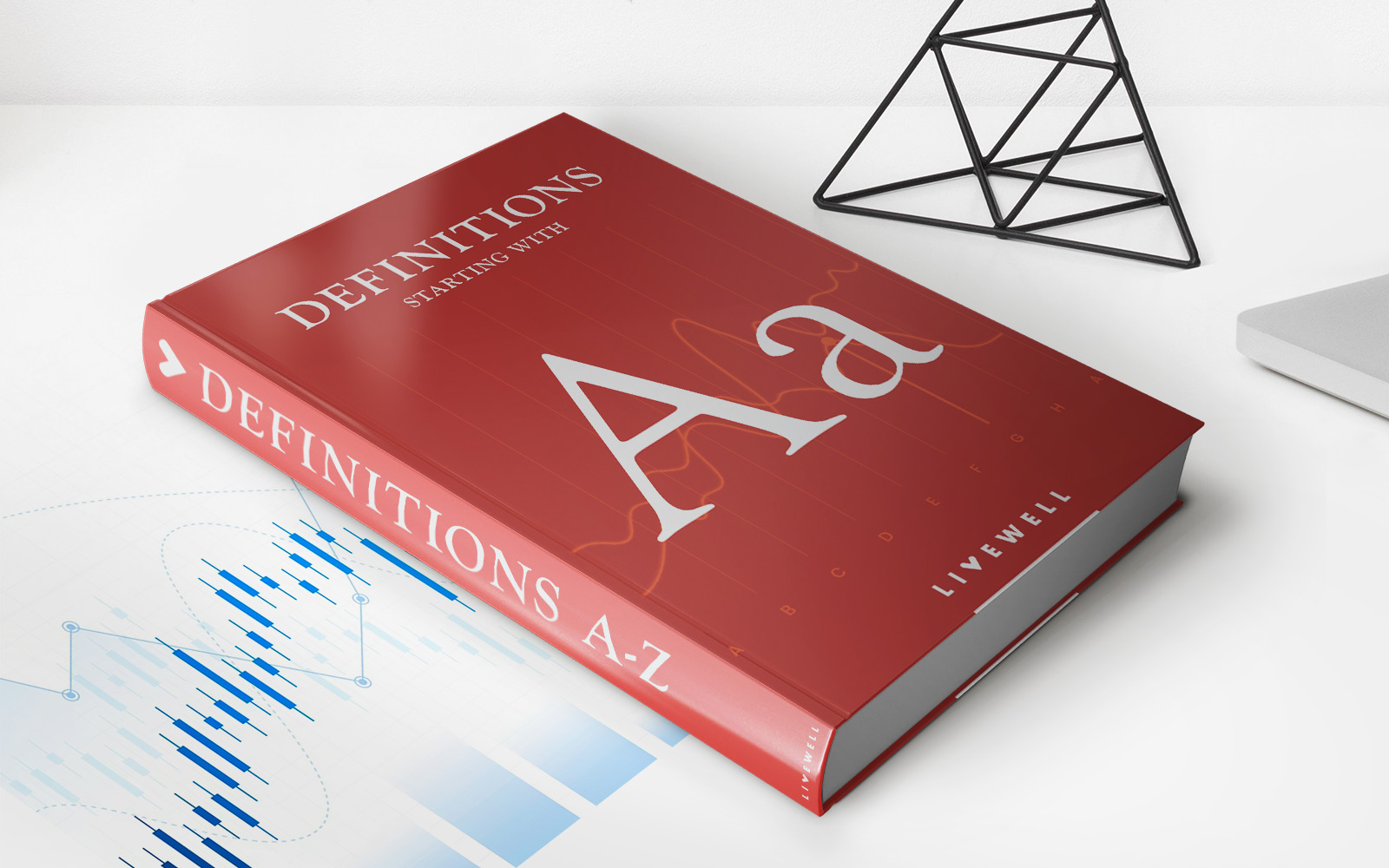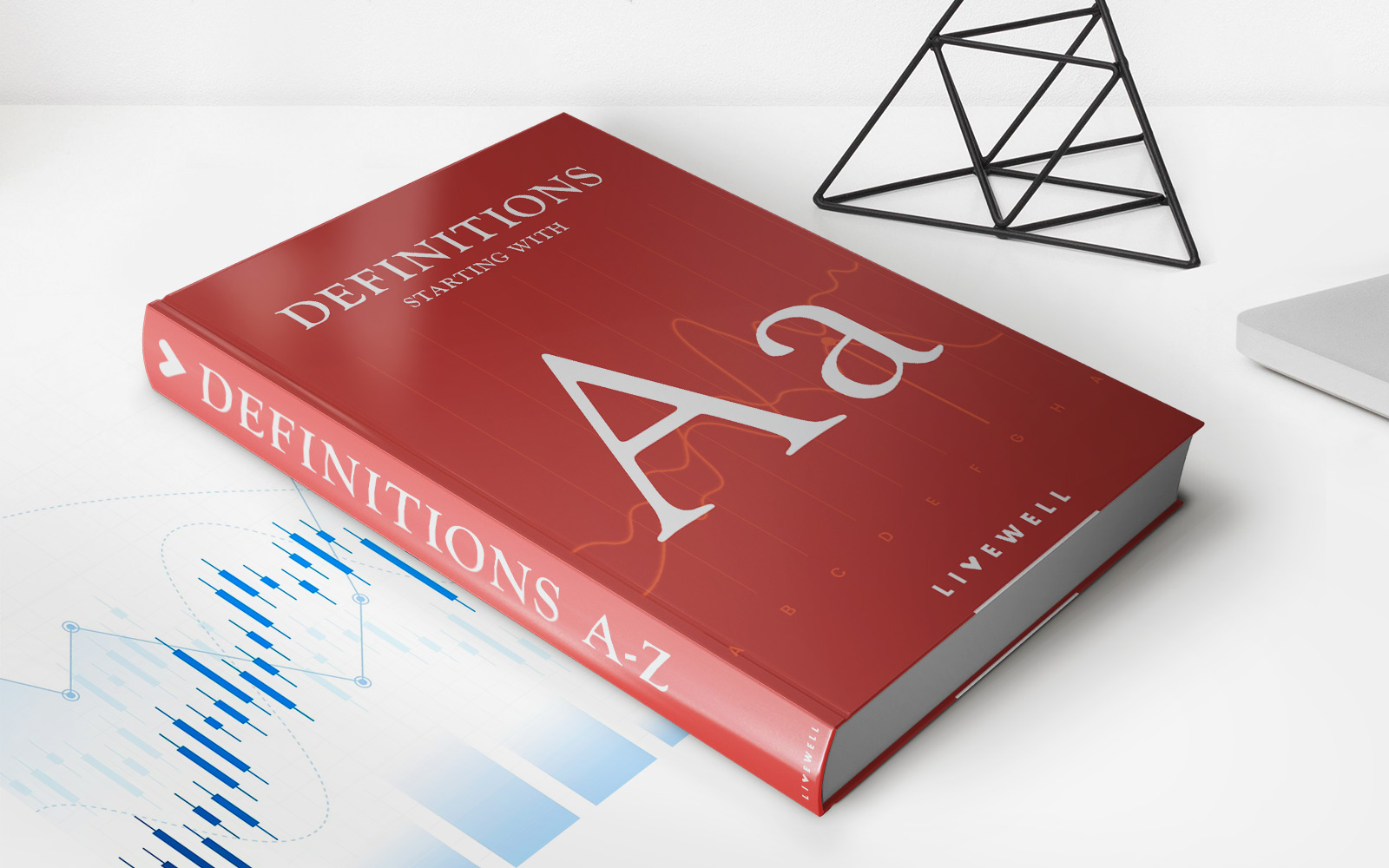

Finance
Negative Amortization Limit Definition
Published: December 29, 2023
Learn the definition of negative amortization limits in finance. Discover how this term affects loan repayment and financial planning.
(Many of the links in this article redirect to a specific reviewed product. Your purchase of these products through affiliate links helps to generate commission for LiveWell, at no extra cost. Learn more)
Understanding Negative Amortization Limits in Finance
When it comes to managing your finances, there are various terms and concepts that you need to be familiar with. One such concept that you may come across is negative amortization limits. But what exactly does this term mean and how does it impact your financial situation? In this blog post, we will dive deep into the definition of negative amortization limits and explore their significance in the realm of finance.
Key Takeaways:
- Negative amortization limits refer to the maximum amount by which a loan balance can increase under a specific loan agreement.
- These limits are put in place to prevent borrowers from facing significant financial burdens due to excessive loan balances.
Negative amortization occurs when the monthly payment on a loan is less than the interest that is due. In other words, it’s a situation where the payment made by the borrower is insufficient to cover the interest charges, resulting in the unpaid interest being added to the loan balance. This, in turn, leads to an increase in the outstanding balance of the loan, which can have long-term financial implications.
However, to protect borrowers from falling into a never-ending cycle of debt, lenders impose negative amortization limits. These limits define the maximum amount by which a loan balance can grow over a specific period. By setting these limits, lenders ensure that borrowers are not burdened with overwhelming debt and can afford to repay their loans comfortably.
It’s important to note that negative amortization limits vary depending on the type of loan and the lending institution. Different lenders may have different approaches to setting these limits, so it’s crucial to read and understand the terms of your loan agreement before entering into any financial commitment.
For borrowers, being aware of negative amortization limits is important for several reasons:
- Understanding your financial obligations: Knowing the negative amortization limits helps you understand the maximum amount by which your loan balance can increase. This knowledge allows you to plan your finances accordingly and ensures you stay within manageable debt levels.
- Choosing the right loan: When comparing loan options, understanding the negative amortization limits associated with each loan will help you make an informed decision. You can choose a loan with limits that align with your financial goals and repayment capabilities.
Negative amortization limits play a crucial role in maintaining a healthy financial situation for both borrowers and lenders. By setting these limits, lenders strike a balance between helping borrowers meet their financial needs and protecting their own interests. As a borrower, being mindful of these limits will enable you to make better financial decisions and ensure your financial well-being in the long run.














